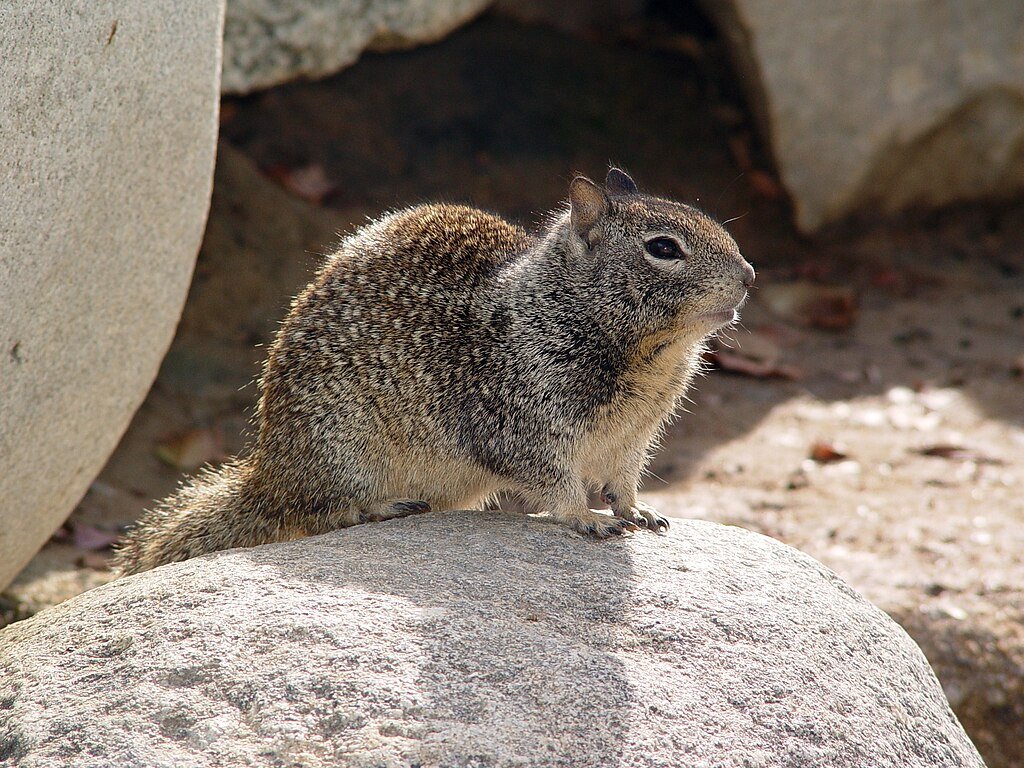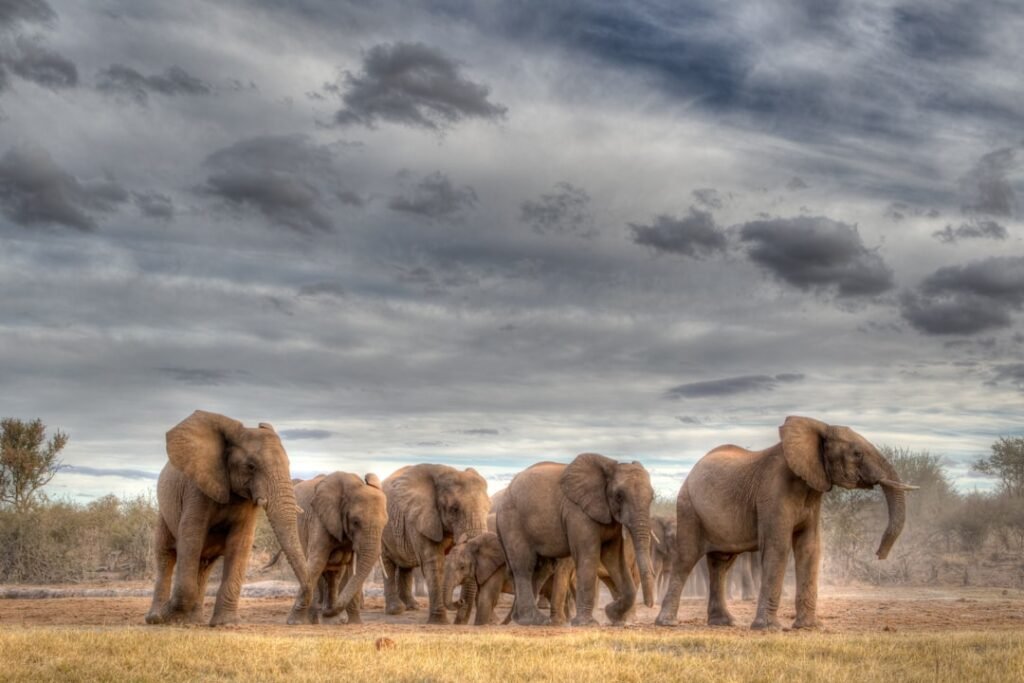A surprising discovery has emerged from within California’s Briones Regional Park, challenging our traditional understanding of squirrel behavior. Researchers from the University of California, Davis, and the University of Wisconsin-Eau Claire have documented California ground squirrels (Otospermophilus beecheyi) actively hunting and consuming voles—despite their being considered herbivores.
A Shift in the Squirrel Diet?

California ground squirrels have long been considered primarily herbivorous, subsisting on a diet rich in seeds, nuts, and fruits. Occasional consumption of insects or bird eggs was noted, but active predation on other mammals was unheard of. This new study, however, documents a behavior previously unrecorded in scientific literature: these squirrels are not just passive foragers but can also be opportunistic hunters.
The Study

Over 18 days in June and July 2024, the research team observed 74 interactions between ground squirrels and voles. A striking 42% of these encounters involved the squirrels actively hunting the voles. Both adult and juvenile squirrels, regardless of sex, participated in this predatory behavior. The hunting techniques varied from direct chases to stealthy stalking, culminating in swift attacks aimed at incapacitating their prey.
A Response to Environmental Changes

The timing of this behavior coincided with a significant surge in the vole population within the park. This abundance of prey likely provided an irresistible opportunity for the squirrels to diversify their diet. Such dietary flexibility suggests that California ground squirrels possess a remarkable adaptability, allowing them to exploit available resources efficiently. This opportunistic feeding strategy may be a response to environmental pressures, ensuring survival amid fluctuating food sources.
Implications for Ecosystems and Future Research

This newfound predatory behavior prompts several intriguing questions. How widespread is this behavior among other ground squirrel populations? Is this a learned behavior passed through generations, or an innate trait triggered by specific environmental cues? Understanding the ecological impact of this behavior is crucial, as it may influence vole population dynamics and, consequently, the broader ecosystem.
The study’s lead researchers emphasize the importance of continued observation. Future research aims to determine whether this carnivorous behavior is a localized phenomenon or indicative of a broader, previously unrecognized aspect of ground squirrel ecology. Additionally, exploring the nutritional benefits gained from such dietary shifts could provide insights into the evolutionary advantages of omnivorous feeding habits.
A New Perspective on a Familiar Creature

This discovery challenges the conventional perception of squirrels as simple seed gatherers. It highlights their behavioral plasticity and adaptability, traits that have likely contributed to their success in diverse environments. As we continue to study these common yet complex creatures, we gain a deeper appreciation for the intricate dynamics of wildlife behavior and the subtle ways in which animals adapt to their ever-changing habitats.
Source: Journal of Ethology

Jan loves Wildlife and Animals and is one of the founders of Animals Around The Globe. He holds an MSc in Finance & Economics and is a passionate PADI Open Water Diver. His favorite animals are Mountain Gorillas, Tigers, and Great White Sharks. He lived in South Africa, Germany, the USA, Ireland, Italy, China, and Australia. Before AATG, Jan worked for Google, Axel Springer, BMW and others.




